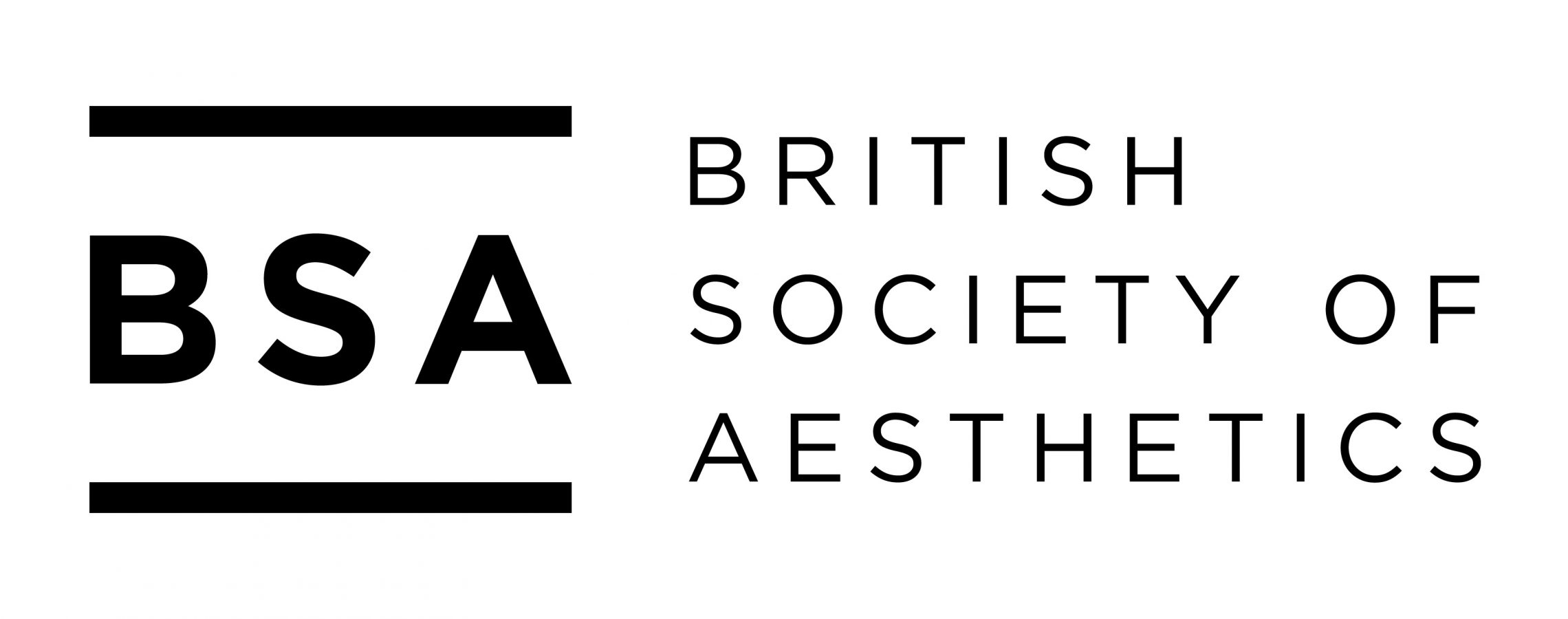Mental imagery, cognitive penetration and our perception of visual art imagery, cognitive penetration and our perception of visual art
Art and vision science talk series.
The Courtauld Institute of Art, Somerset House, Strand, London
Speaker:
Bence Nanay (Antwerp/Cambridge)
Abstract:
Those who apply empirical and neuroscientific approaches in art history often take our engagement with visual to be a cultural universal – something that is the same across cultures and historical periods. After all, neuroscience and perceptual psychology studies culturally universal features of our mind and perceptual system. And this assumption is clearly something most art historians find difficult to swallow. And rightly so. Bence Nanay argues that the application of empirical and neuroscientific approaches in art history does not have to be universalist – in fact we have very good – empirical – reasons to think it shouldn’t be. Perception, as a number of empirical findings show, is cognitively penetrable. The way we perceive depends on our beliefs and expectations. But then we should not expect uniformity in our engagement with visual works of art across cultures and historical periods. And this dependence is (often) mediated by mental imagery – a surprisingly underrated concept within art history.
